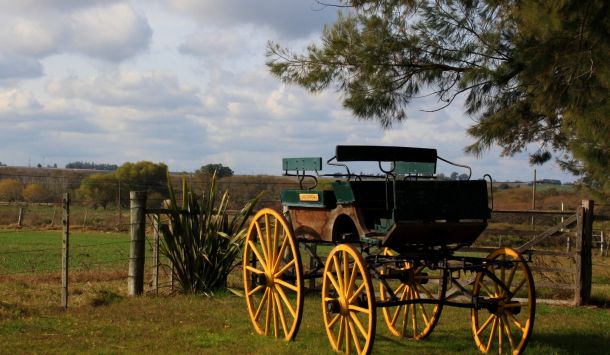Indians in Uruguay

|
The Uruguay before its discovery by the Spanish in 1516, was populated by a few thousand indigenous to the European conqueror called charrúas, minuanes, bohanes, guenoas, Yaros, and Guarani chanaes; peoples that also extended by neighbors Argentina and Brazil. The macro charrúa ethnicity, majority, had the cultural level of the superior hunters, the chanaes also practiced agriculture incipient Guarani enclaves knew something more advanced forms of agriculture. But all of them were primarily hunters, canoeists and fishermen. Some scarce archaeological remains testify decorated ceramic practice and the stone carving. The arrival of Europeans and the cattle and horses that they left in the early seventeenth century in Uruguayan territory, altered habitat, demography and customs of these Indians. Having become proficient riders cow hunters, ended decimated by smallpox and the persecution of the white man's culture since its forms around hostile work that brought the Spanish conquistador. Historiographical tradition claims to be the one in 1831 that disappeared charrúas as demographic entity of some weight, when they were destroyed by the troops of the first independent republican government of Uruguay, this destruction did not stop the Indian blood penetrate layers of some importance the rural population of the country, particularly from the Guaraní territory occupied the Jesuit Missions. Either way, the "extermination of the Indians in Salsipuedes" (1831) established the myth of white European and Uruguay ruling classes always fed the country, especially as transcontinental migration was, in fact, the basis of population growth Uruguayan. The population - 30,000 people by 1800, a third in Montevideo - was divided more clearly perhaps in regions and races into classes. |
